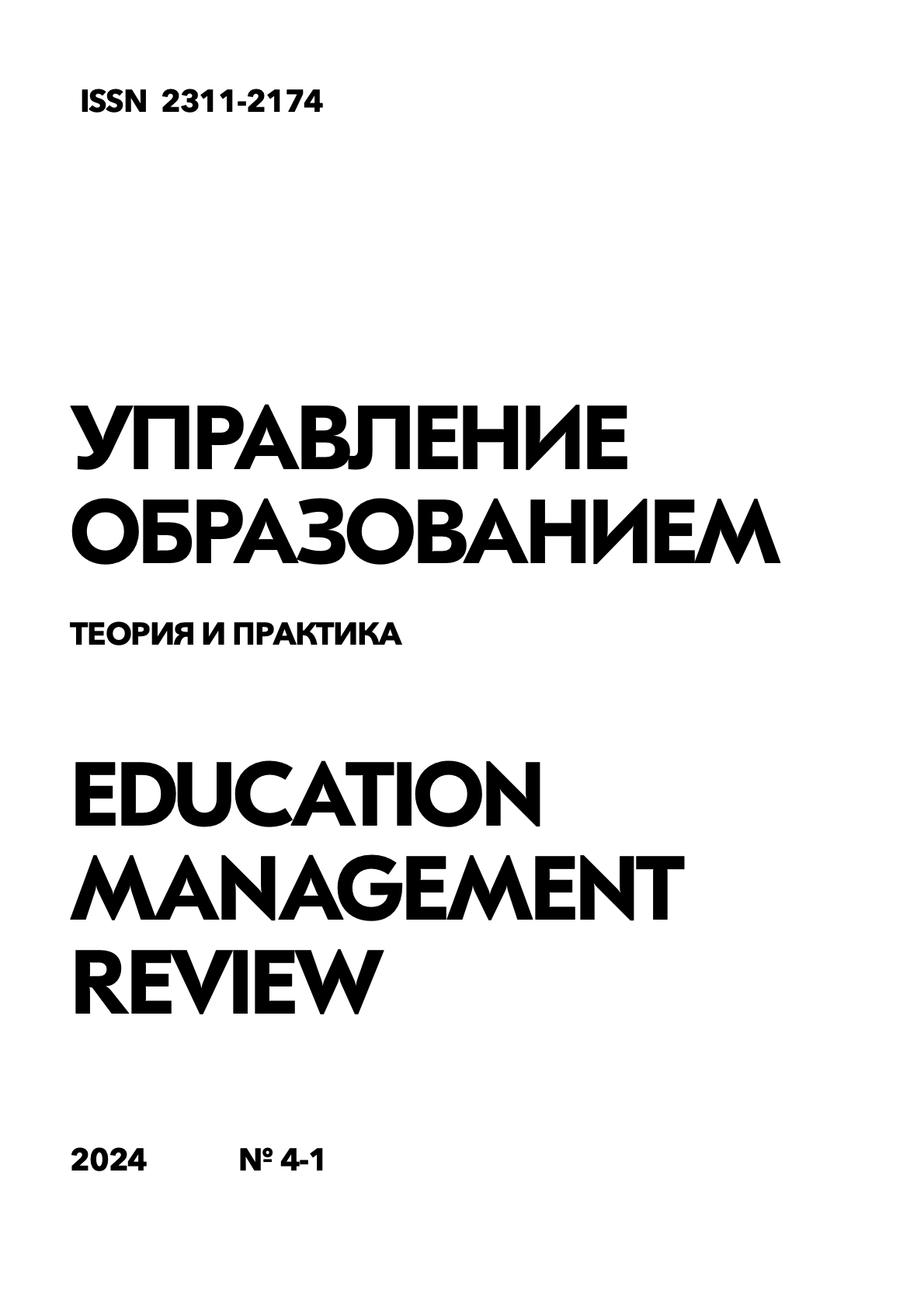Development of students' foreign language communicative competence through the use of authentic materials
Keywords:
foreign language communicative competence, authentic materials, education management, higher education, communicative approach, competence approach, pedagogical experimentAbstract
The purpose of this study is to study the impact of the use of authentic materials on the development of students' foreign language communicative competence in the context of education management. The relevance of the topic is due to the need to find effective methods and approaches to teaching foreign languages in the context of globalization and internationalization of higher education. The research is based on the theoretical provisions of the communicative and competence approaches, as well as on the concept of authenticity in teaching foreign languages. Research materials and methods include the analysis of scientific literature on the problem, pedagogical observation, a survey of students and teachers, testing the level of formation of foreign language communicative competence, as well as a pedagogical experiment. 80 students of 1-2 courses of non- linguistic specialties took part in the experiment, divided into experimental (EG, n= 60) and control (KG, n= 60) groups. At the EG, the training was conducted using a set of authentic materials (texts, audio, video, infographics, etc.), selected taking into account the level of language training, professional interests and needs of students. The KG used traditional educational materials. The experiment lasted one academic year. The results of the study showed that the systematic and methodically justified use of authentic materials contributes to a significant increase in the level of formation of all components of the foreign language communicative competence of students of the EG. The average increase in indicators in EG was: linguistic competence – 23%, discursive – 19%, sociolinguistic – 17%, sociocultural – 25%, strategic – 21% (p<0.01). In KG, the dynamics was less pronounced: the increase in similar competencies varied within 5-9%. A qualitative analysis of the survey results and observations showed that EG students demonstrate a higher level of motivation, involvement in the learning process and satisfaction with learning outcomes. Teachers note the expediency and effectiveness of integrating authentic materials into the practice of teaching a foreign language. Thus, the results of the study substantiate the need to modernize language education at the university based on the wider use of authentic materials, which requires appropriate training of teachers, the development of educational and methodological support and organizational and managerial decisions at the level of an educational organization and the higher education system as a whole.
References
Азимов Э.Г., Щукин А.Н. Новый словарь методических терминов и понятий (теория и практика обучения языкам). М.: ИКАР, 2009. 448 с.
Галскова Н.Д., Гез Н.И. Теория обучения иностранным языкам. Лингводидактика и методика. М.: Академия, 2006. 336 с.
Зимняя И.А. Ключевые компетентности как результативно-целевая основа компетентностного подхода в образовании. М.: Исследовательский центр проблем качества подготовки специалистов, 2004. 42 с.
Кричевская К.С. Прагматические материалы, знакомящие учеников с культурой и средой обитания жителей страны изучаемого языка // Иностранные языки в школе. 1996. №1. С. 13-17.
Носонович Е.В., Мильруд Р.П. Критерии аутентичного учебного текста // Иностранные языки в школе. 1999. № 2. С. 6-12.
Сафонова В.В. Коммуникативная компетенция: современные подходы к многоуровневому описанию в методических целях. М.: Еврошкола, 2004. 236 с.
Соловова Е.Н. Методика обучения иностранным языкам: базовый курс лекций. М.: Просвещение, 2002. 239 с.
Халеева И.И. Основы теории обучения пониманию иноязычной речи (подготовка переводчиков). М.: Высшая школа, 1989. 238 с.
Шамова Т.И., Третьяков П.И., Капустин Н.П. Управление образовательными системами. М., 2002. 320 с.
Щукин А.Н. Обучение иностранным языкам: Теория и практика. М.: Филоматис, 2004. 416 с.
Berardo S.A. The use of authentic materials in the teaching of reading // The Reading Matrix. 2006. № 6 (2). P. 60-69.
Gilmore A. Authentic materials and authenticity in foreign language learning // Language Teaching. 2007. № 40(2). P. 97-118.
Hutchinson T., Waters A. English for Specific Purposes: A learning-centred approach. Cambridge University Press, 1987. 183 p.
Kramsch C. Context and Culture in Language Teaching. Oxford: Oxford University Press, 1993. 295 p.
Nunan D. Designing Tasks for the Communicative Classroom. Cambridge: Cambridge University Press, 1989. 211 p.
Downloads
Published
How to Cite
Issue
Section
License

This work is licensed under a Creative Commons Attribution-NonCommercial-NoDerivatives 4.0 International License.




